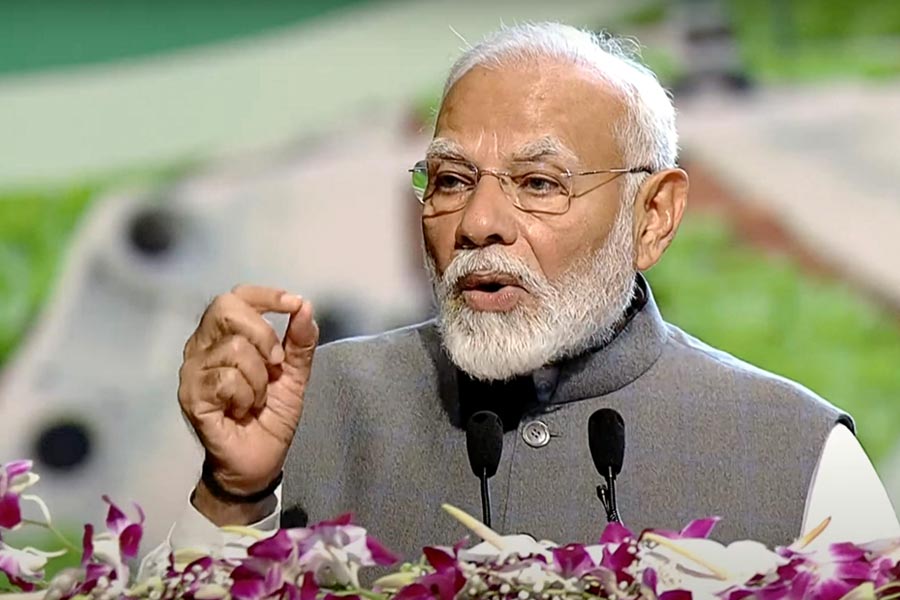The recent refusal by the Centre to increase the unit cost of a house under the Pradhan Mantri Awas Yojana Gramin (PMAY-G) has sparked a debate among experts on how inflation would be adjusted to build houses for the rural poor.
In 2017, the government enhanced the unit cost of a house supported under the PMAY-G from ₹70,000 in the plains and ₹75,000 in the hills to ₹1.2 lakh and ₹1.3 lakh, respectively. Under the PMAY-G, the government had a target to construct 2.95 crore houses.
In her recent budget speech, finance minister Nirmala Sitharaman announced that the government will assist in the construction of another two crore rural houses in the next five years.
The ministry of rural development (MoRD), which implements the scheme in collaboration with the state governments, proposed before the cabinet to enhance the cost of each house because of inflation, which was around 6 per cent for the period between 2017 and 2024.
The MoRD proposed that the cost of a house should be enhanced from ₹1.2 lakh in the plains and ₹1.3 lakh in the hills to ₹2 lakh and ₹2.2 lakh, respectively, for the new two crore houses.
On July 9, the cabinet chaired by Prime Minister Narendra Modi rejected the proposal and approved the financial assistance at the existing rate, two state government officials handling the scheme said. “We were told that the Union cabinet has rejected the proposal to enhance the per unit cost. It will be difficult to maintain quality unless the per unit cost is increased,” said
an official.
The cabinet is learnt to have taken the view that the state governments should give extra support from their funds, if required. The states bear 40 per cent of the expenditure under the PMAY-G while the Union government bears 60 per cent.
Anees Thillenkery, the secretary of the civil society organisation Ekta Parishad, which is spearheading a movement for a legally entitled right to homestead land for the landless, said it would be unfair if the Centre passed on the financial burden to the states.
“The PMAY-G is a central government programme. Whenever the unit cost has been increased, the Union cabinet has taken the decision. There is no rationale in the view taken by the cabinet that the states should give extra support,” he said.
Thillenkery said the price of everything had increased, including wages, in the last seven years. It would be difficult to construct a house with the existing rate, he said. The scheme provides for the construction of a house of 25sqmt, including a kitchen.
“The quality will suffer if the rates are not increased or if the issue is left to the states. Some states may give some extra and some may not. But it will vary from state to state,” he said.
Under the scheme, all the houses constructed are provided amenities such as toilets, LPG connection and piped water.

